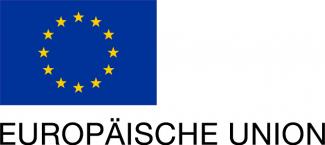Applying IT technologies up to the usage of public networks as the Internet for the communication of automation components requires the establishment of a respective open communication and integration architecture, which copes with the specific automation tasks, demands, security and safety requirements, and concurrently considers the changed basis from previously homogeneous automation islands to heterogeneous networks. This topic was tackled in co-operation with key players of the European automation industry within the integrated project (IP) Virtual Automation Networks (VAN) – funded by the European Commission. It is important to understand that VAN does not define a new communication protocol. At the application layer the object models of standardised Ethernet-based fieldbuses according to IEC 61158 are applied. The VAN functionality hides the complexity of the heterogeneous network from the automation application. The basic principle is to automatically establish a tunnel between the end devices, via the given infrastructure. Through the tunnel it can be communicated as locally (e.g. PROFINET) – timely parameters have to be considered respectively. The connection is established by web services. To enable the web service messages to find their targets in typical industrial network constellations, a name-based addressing and routing was developed at the application layer. It is a proactive, table based next-hop routing mechanism, allowing a dynamic hop to hop forwarding without knowing the entire path in advance.
In order to consider the restricted technical availability of heterogeneous networks compared to homogeneous networks, several measures have been defined. The QoS monitoring defines a technique of measurement to monitor the transmission channel especially via public wide area networks. The results can be evaluated by a provider or by line switching and transformed into actions as changing the network access. Furthermore a telecontrol profile was defined enabling filtering, buffering and event-based transmission of data. The results of the project can also be used in further application fields such as in virtual power plants or telemedicine.






